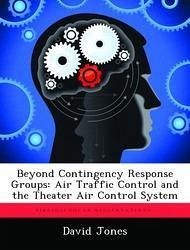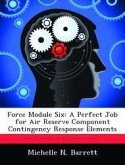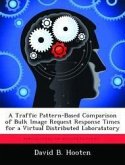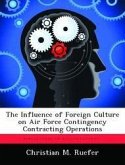The United States Air Force (USAF) maintains systems, plans and trains personnel to perform air traffic control (ATC) in contingency and wartime environments, as well as conducting day-to-day operations at USAF and Air National Guard (ANG) bases around the world. This paper focuses on the ability to deploy ATC and operate within a Theater Air Control System (TACS). Stovepipes exist between ATC and other elements of the TACS that marginalize overall effectiveness. Twice during the 1990's the USAF attempted to combine the weapons control (the primary command and control (C2) operators in the TACS) and ATC career fields to gain manpower efficiency. These initiatives were seeking an answer to the wrong question. Iraq's asymmetric battlefield clearly identified the lack of ATC/TACS integration. Seams in tactics, training, procedures (TTP), and equipment create confusion during flight operations. Pilots and controllers highlighting dangers have filed numerous Hazardous Air Traffic Reports (HATR) describing near mid-air collisions. Airmen in both career fields are working diligently to narrow the seams and improve flight safety.
Hinweis: Dieser Artikel kann nur an eine deutsche Lieferadresse ausgeliefert werden.
Hinweis: Dieser Artikel kann nur an eine deutsche Lieferadresse ausgeliefert werden.








